Home>Gardening & Outdoor>Outdoor Entertaining>What Kind Of Mortar Do You Use For A Fire Pit
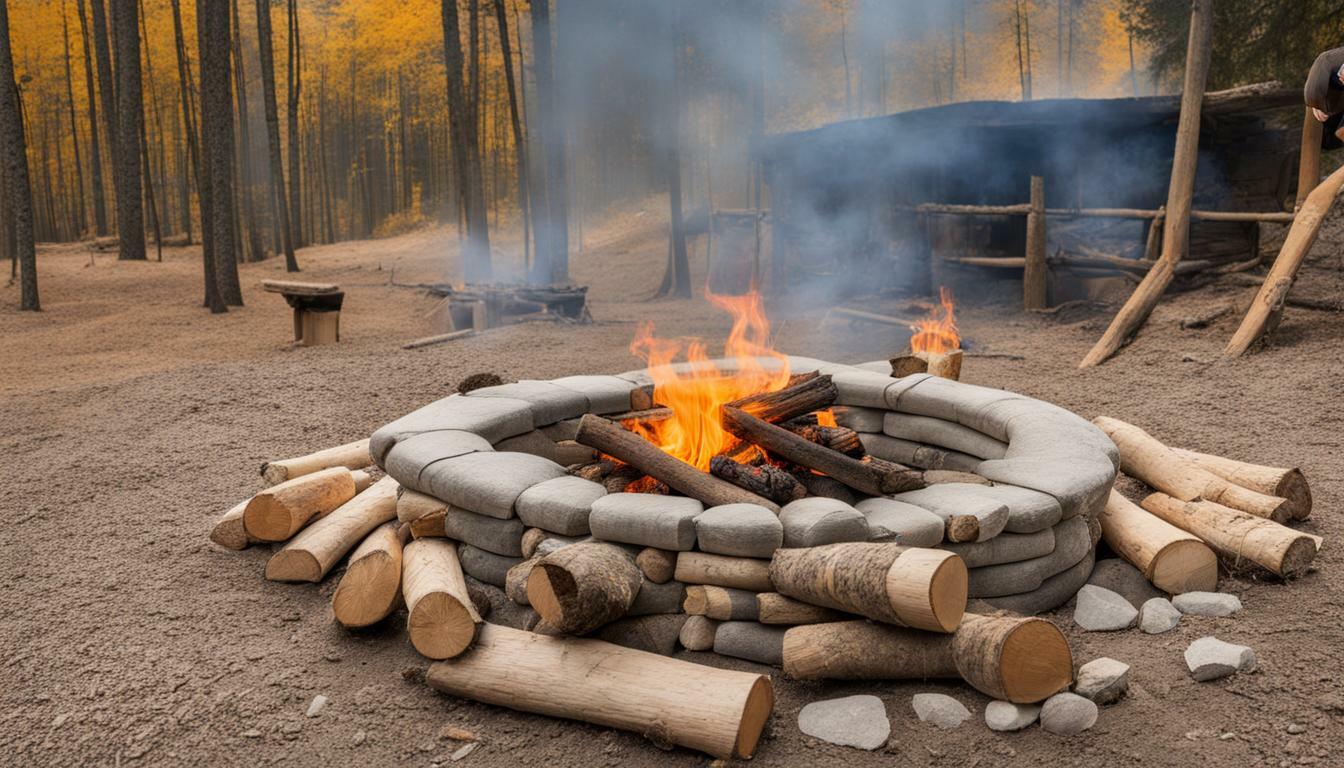

Outdoor Entertaining
What Kind Of Mortar Do You Use For A Fire Pit
Modified: August 27, 2024
Discover the best mortar for your outdoor fire pit and elevate your outdoor entertaining experience. Learn the essential tips for choosing the right mortar.
(Many of the links in this article redirect to a specific reviewed product. Your purchase of these products through affiliate links helps to generate commission for Storables.com, at no extra cost. Learn more)
**
Introduction
**
When it comes to creating a cozy outdoor space, a fire pit can be a fantastic addition to your backyard. Not only does it provide warmth and illumination, but it also serves as a gathering spot for friends and family to bond over toasty marshmallows and captivating conversations. However, building a fire pit requires careful consideration of various elements, including the type of mortar to use. The right mortar not only ensures the structural integrity of the fire pit but also contributes to its aesthetic appeal.
In this article, we will delve into the world of mortar for fire pits, exploring the different types available, the factors to consider when choosing the appropriate mortar, and the process of using mortar effectively. Whether you're a seasoned DIY enthusiast or a novice looking to embark on your first outdoor project, understanding the nuances of mortar selection and application is crucial for a successful and enduring fire pit. So, let's ignite our knowledge and learn about the fascinating world of mortar for fire pits!
Key Takeaways:
- Choose high-temperature or refractory mortar for fire pits to withstand intense heat and ensure durability, adhesion, and weather resistance.
- Follow proper mortar application steps to create a visually appealing and long-lasting fire pit, enhancing outdoor gatherings and relaxation.
Read more: What Do You Need For A Fire Pit
Types of Mortar for Fire Pits
When it comes to constructing a fire pit, choosing the right type of mortar is essential for ensuring its longevity and structural integrity. There are several types of mortar commonly used for fire pits, each with its unique characteristics and suitability for different applications. Understanding these variations is crucial for selecting the most appropriate mortar for your specific project. Let’s explore some of the primary types of mortar used for fire pits:
- High-Temperature Mortar: This specialized mortar is designed to withstand extreme heat, making it an ideal choice for fire pit construction. High-temperature mortar is formulated to resist cracking and crumbling when exposed to the intense heat generated by the flames. It is typically composed of heat-resistant materials such as fire clay, calcium aluminate, and silica, providing exceptional durability in high-temperature environments.
- Traditional Mortar: Traditional mortar, commonly used in masonry and construction, may also be suitable for certain fire pit designs. However, it is essential to ensure that the traditional mortar selected is rated for high-temperature applications. Standard mortar mixes may not withstand the heat generated by a fire pit and can deteriorate over time, compromising the structural integrity of the fire pit.
- Refractory Mortar: Refractory mortar is specifically engineered for use in high-temperature environments, making it a popular choice for fire pit construction. This type of mortar is composed of heat-resistant materials and exhibits excellent adhesion and thermal shock resistance. Refractory mortar is designed to withstand rapid temperature changes without compromising its strength, making it well-suited for enduring the rigors of frequent fires in a fire pit.
Before selecting a specific type of mortar for your fire pit, it is crucial to assess the anticipated heat exposure, the materials used in the fire pit construction, and the overall design. Additionally, consulting with a knowledgeable professional or supplier can provide valuable insights into the most suitable mortar for your unique project.
Now that we have explored the primary types of mortar used for fire pits, let’s delve into the essential factors to consider when choosing the most suitable mortar for your fire pit construction.
Factors to Consider When Choosing Mortar
When embarking on a fire pit construction project, selecting the appropriate mortar is a critical decision that significantly impacts the longevity and performance of the structure. Several essential factors should be carefully considered to ensure the optimal choice of mortar for your fire pit. By evaluating these factors, you can make an informed decision that aligns with the specific requirements of your project. Let’s explore the key considerations when choosing mortar for fire pits:
- Heat Resistance: One of the primary factors to consider is the heat resistance of the mortar. Given the intense temperatures generated within a fire pit, it is imperative to select a mortar that can withstand high heat without degrading or failing. High-temperature mortar or refractory mortar is specifically formulated to endure the thermal stresses associated with fire pit use, providing superior heat resistance compared to standard mortar mixes.
- Adhesion and Strength: The mortar’s adhesion and strength are crucial for ensuring the stability and durability of the fire pit structure. Opt for a mortar that exhibits strong adhesion to the materials used in the fire pit construction, such as fire bricks or stone, and offers exceptional bonding strength. This is particularly important for withstanding the expansion and contraction caused by temperature variations during repeated heating and cooling cycles.
- Weather Resistance: Consider the exposure of your fire pit to the elements, including rain, snow, and fluctuating temperatures. The selected mortar should demonstrate resistance to weathering and moisture intrusion, preventing premature deterioration and maintaining the structural integrity of the fire pit over time.
- Compatibility with Materials: Different types of fire pit materials, such as fire bricks, natural stone, or concrete blocks, may require specific mortar formulations for optimal compatibility. Ensure that the chosen mortar is suitable for the materials used in your fire pit construction, promoting a secure and lasting bond between the components.
- Application Method: Consider the application method and ease of use when selecting mortar for your fire pit. Some mortars may be more conducive to specific construction techniques or project requirements, so evaluating the practical aspects of mortar application can streamline the building process and enhance overall project efficiency.
By carefully evaluating these factors and consulting with professionals if needed, you can confidently select the most suitable mortar for your fire pit construction. The right mortar not only ensures the structural integrity and longevity of your fire pit but also contributes to a safe and enjoyable outdoor ambiance for gatherings and relaxation.
Now that we’ve explored the essential factors to consider when choosing mortar for fire pits, let’s proceed to understand the process of effectively using mortar in fire pit construction.
When building a fire pit, use a high-heat mortar that can withstand the intense heat from the fire. Look for a mortar specifically designed for outdoor fire features to ensure safety and durability.
How to Use Mortar for a Fire Pit
Understanding the proper application of mortar is crucial for the successful construction of a durable and visually appealing fire pit. By following the correct techniques and best practices, you can ensure that the mortar effectively bonds the fire pit materials, withstands high temperatures, and contributes to the overall stability of the structure. Here’s a step-by-step guide on how to use mortar for a fire pit:
- Prepare the Work Area: Before applying mortar, ensure that the work area is clean, dry, and free of debris. Arrange the fire pit materials in the desired configuration, such as fire bricks or stone, and verify that they are structurally sound and properly aligned.
- Mix the Mortar: Follow the manufacturer’s instructions to prepare the mortar mixture. Depending on the type of mortar used, it may require specific ratios of water and mortar mix. Use a sturdy mixing container and a drill with a mixing paddle to achieve a uniform and workable mortar consistency.
- Apply the Mortar: Using a trowel, apply a layer of mortar to the bonding surfaces of the fire pit materials. Ensure that the mortar is spread evenly and covers the designated areas where the materials will be joined. Work in manageable sections to prevent the mortar from drying out before the materials are placed.
- Position the Materials: Carefully place the fire pit materials onto the mortar-coated surfaces, ensuring a snug fit and proper alignment. Apply gentle pressure to promote adhesion and eliminate air pockets between the mortar and the materials. Use a level to confirm that the materials are positioned accurately and maintain the desired slope or configuration.
- Tool and Finish: Once the materials are in place, use a pointing tool or jointer to shape and smooth the mortar joints, creating a clean and uniform appearance. Remove any excess mortar that may have squeezed out during the material placement, and ensure that the joints are adequately filled and sealed for optimal strength and weather resistance.
- Curing and Protection: Allow the mortar to cure according to the manufacturer’s recommendations, which typically involves keeping the newly constructed fire pit protected from excessive moisture and extreme temperatures during the initial curing period. Follow the specified curing time before exposing the fire pit to intense heat from fires.
By following these steps and exercising care and precision during the mortar application process, you can create a robust and visually appealing fire pit that enhances your outdoor space. Properly applied mortar contributes to the structural integrity and longevity of the fire pit, ensuring that it can withstand the rigors of regular use and provide enduring enjoyment for gatherings and relaxation.
With the knowledge of effectively using mortar for fire pit construction, we have covered the essential aspects of mortar selection and application. Let’s conclude our exploration with a brief summary of the key insights we’ve gained.
Conclusion
As we conclude our exploration of mortar for fire pits, we have gained valuable insights into the crucial role of mortar in constructing durable, high-performing, and visually appealing outdoor fire pits. By understanding the different types of mortar, the essential factors to consider when choosing mortar, and the process of effectively using mortar for fire pit construction, you are well-equipped to embark on your own fire pit project with confidence and expertise.
When selecting mortar for your fire pit, consider the specific heat resistance, adhesion and strength, weather resistance, compatibility with materials, and application method to ensure the optimal performance and longevity of the structure. Whether you opt for high-temperature mortar, refractory mortar, or a specialized traditional mortar, prioritizing these factors will contribute to the success of your fire pit construction project.
Additionally, mastering the proper application of mortar is essential for achieving a secure and visually appealing fire pit. By preparing the work area, mixing the mortar according to specifications, applying it with precision, positioning the materials thoughtfully, and allowing for proper curing, you can create a fire pit that not only enhances your outdoor space but also provides a safe and enjoyable ambiance for gatherings and relaxation.
As you venture into the realm of fire pit construction, remember that the right mortar is more than just a bonding agent – it is the foundation of a cherished outdoor feature that brings warmth, light, and camaraderie to your backyard. With careful consideration of mortar types, thoughtful selection based on essential factors, and meticulous application techniques, your fire pit can become a focal point for cherished memories and meaningful moments with loved ones.
So, ignite your creativity, embrace the art of mortar selection and application, and embark on a journey to create a captivating fire pit that enriches your outdoor entertaining experiences for years to come.
With this newfound knowledge and inspiration, you are poised to transform your outdoor space into a welcoming haven of warmth and connection, where the crackling flames of a well-constructed fire pit illuminate the joy of shared moments and the beauty of nature’s embrace.
Now, go forth and let the glow of your meticulously crafted fire pit kindle the spirit of togetherness and relaxation in your outdoor sanctuary.
Frequently Asked Questions about What Kind Of Mortar Do You Use For A Fire Pit
Was this page helpful?
At Storables.com, we guarantee accurate and reliable information. Our content, validated by Expert Board Contributors, is crafted following stringent Editorial Policies. We're committed to providing you with well-researched, expert-backed insights for all your informational needs.
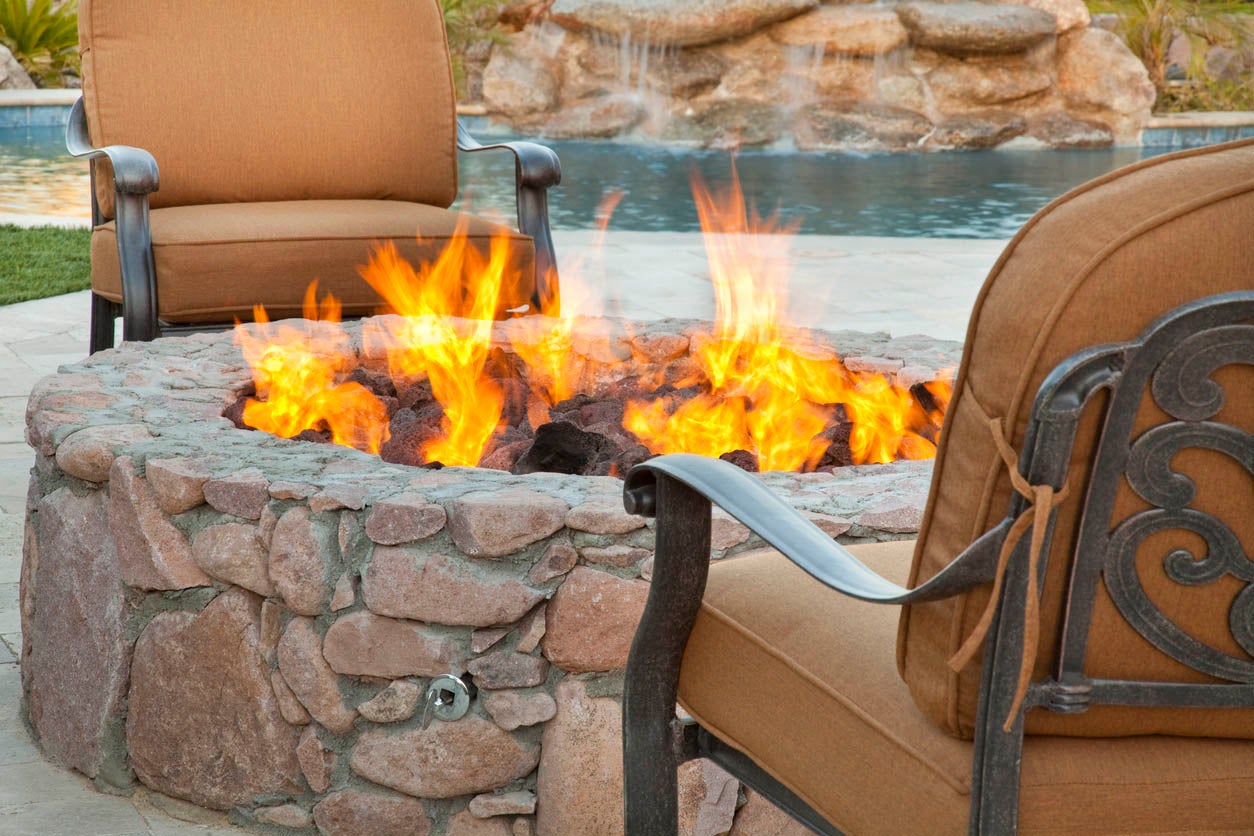
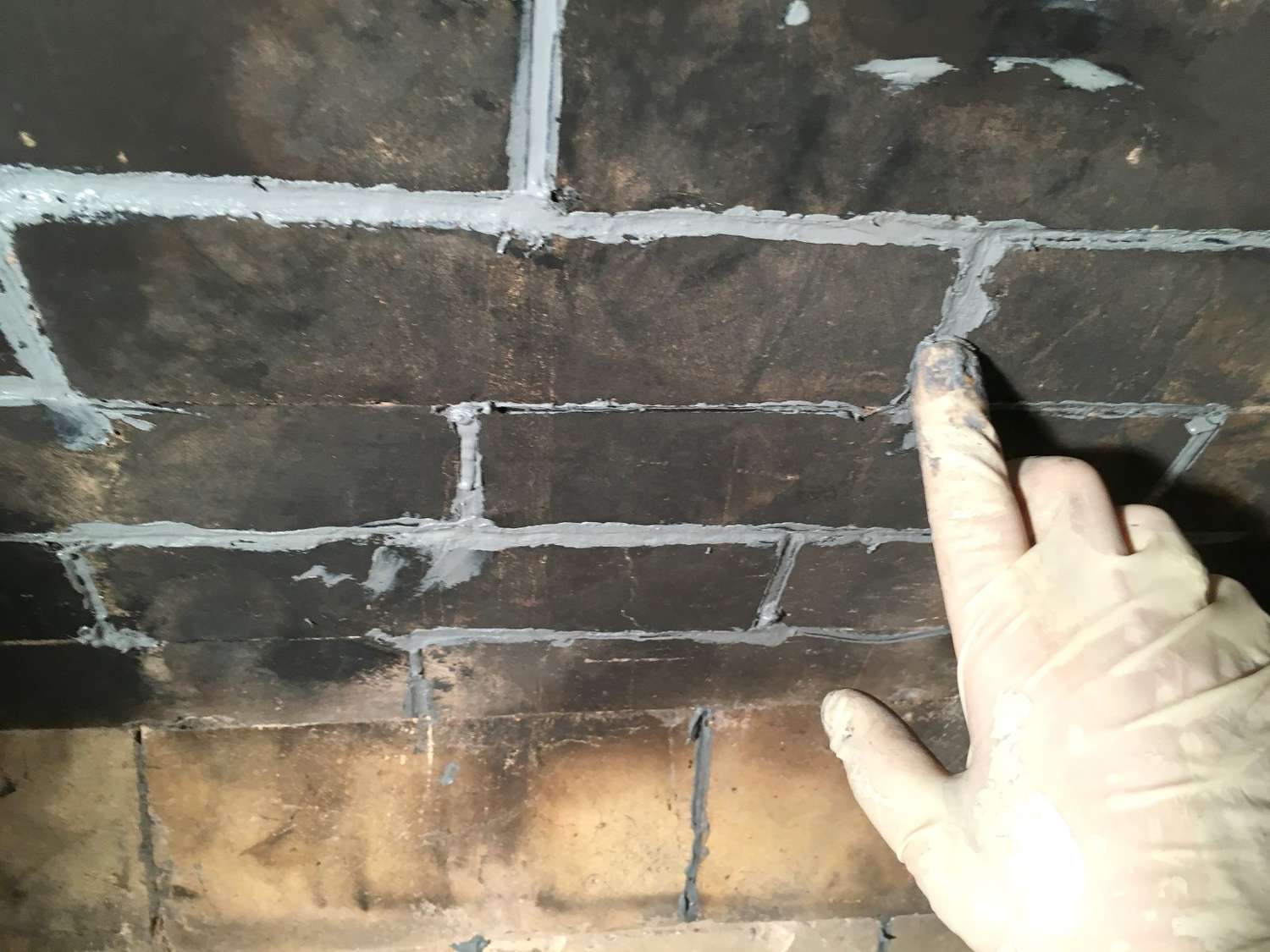
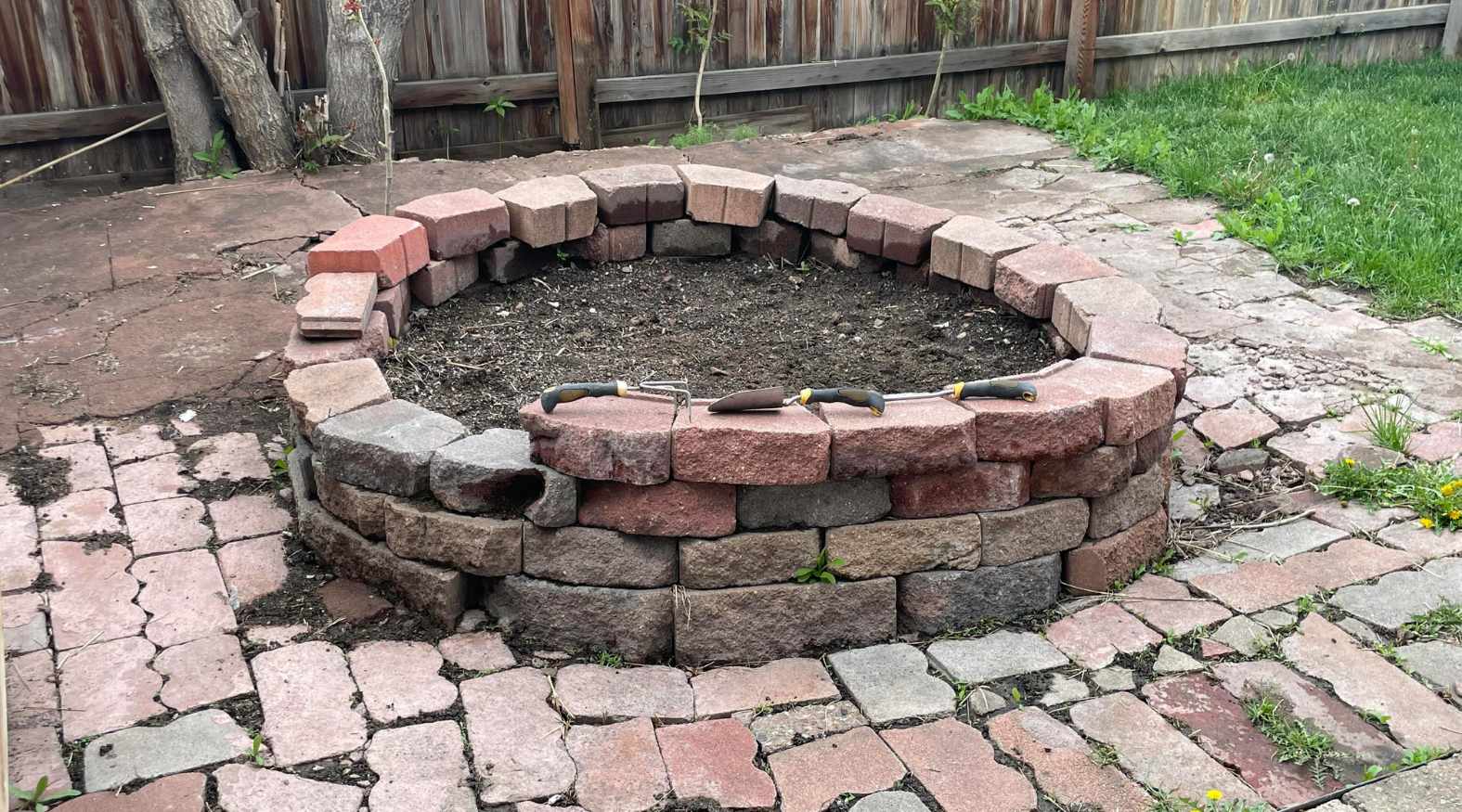
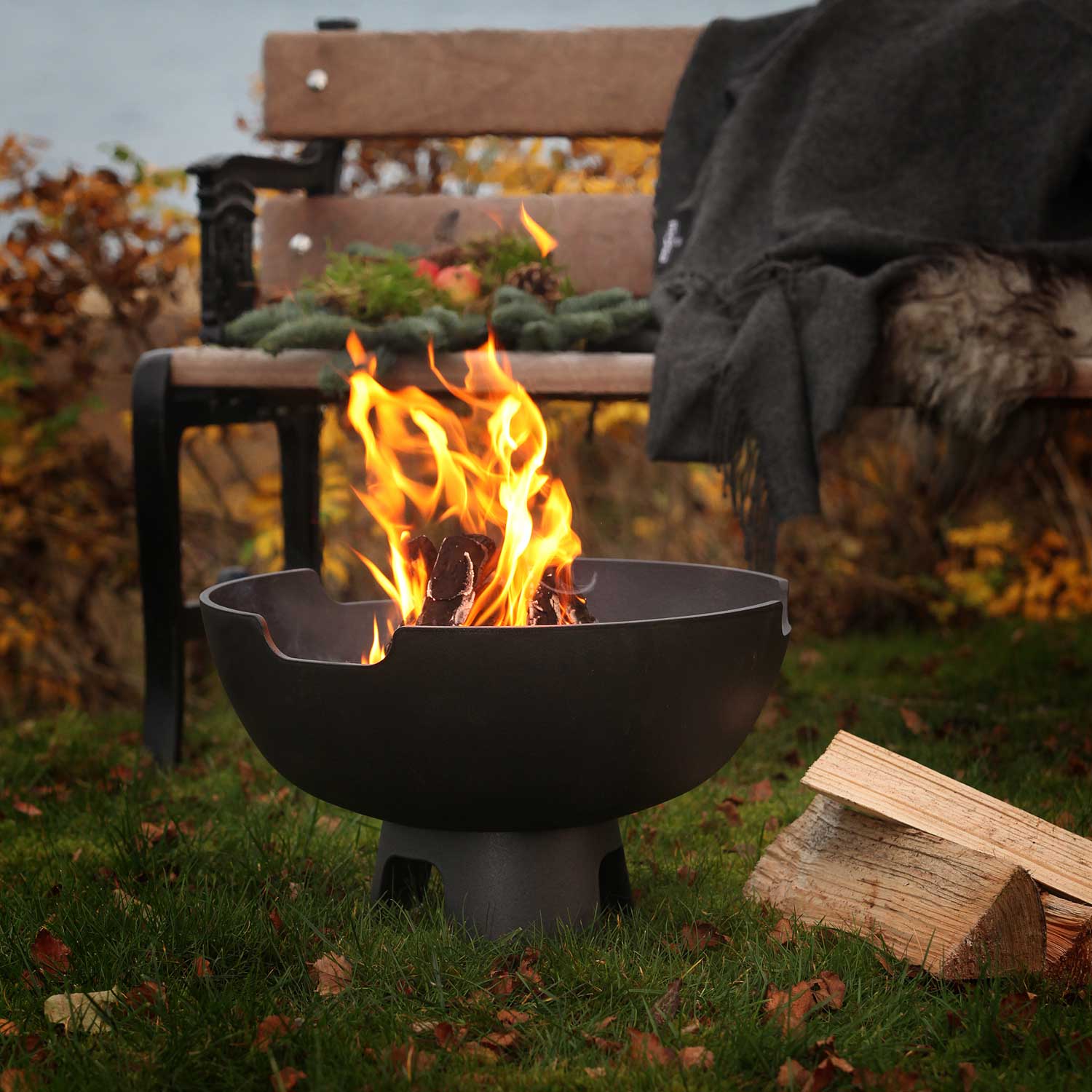
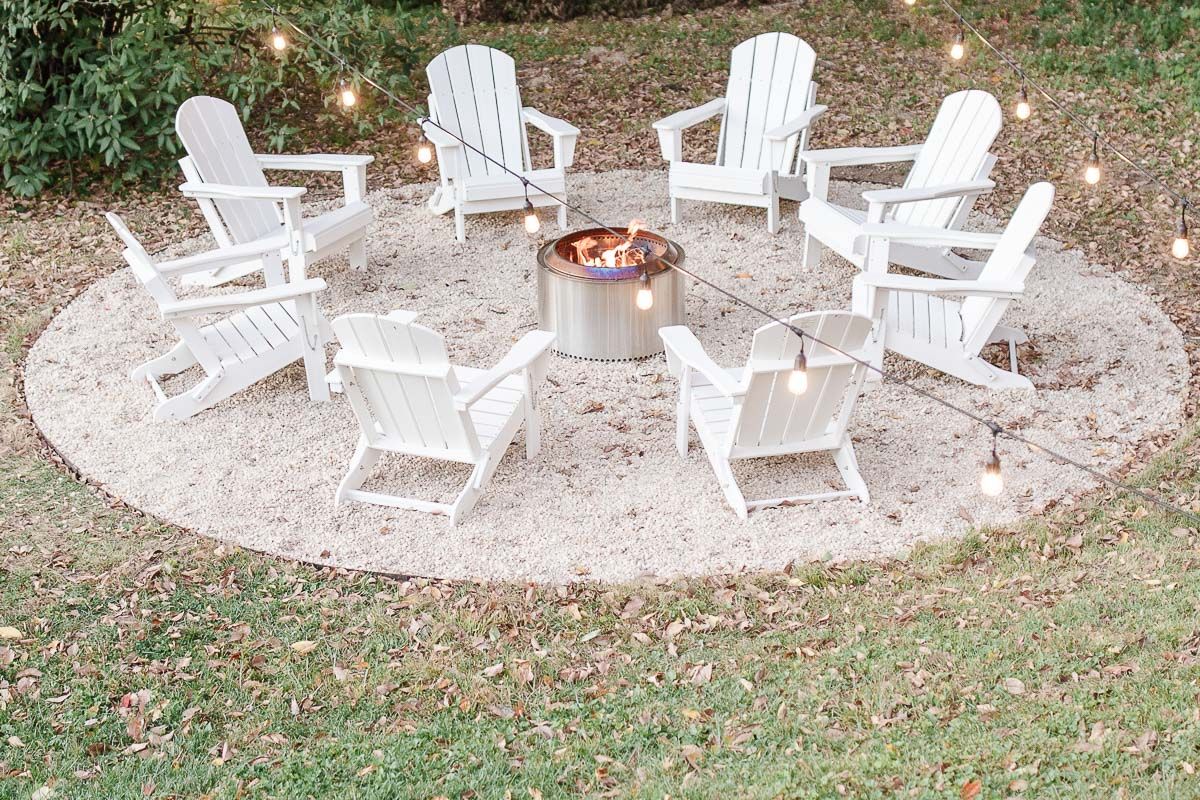
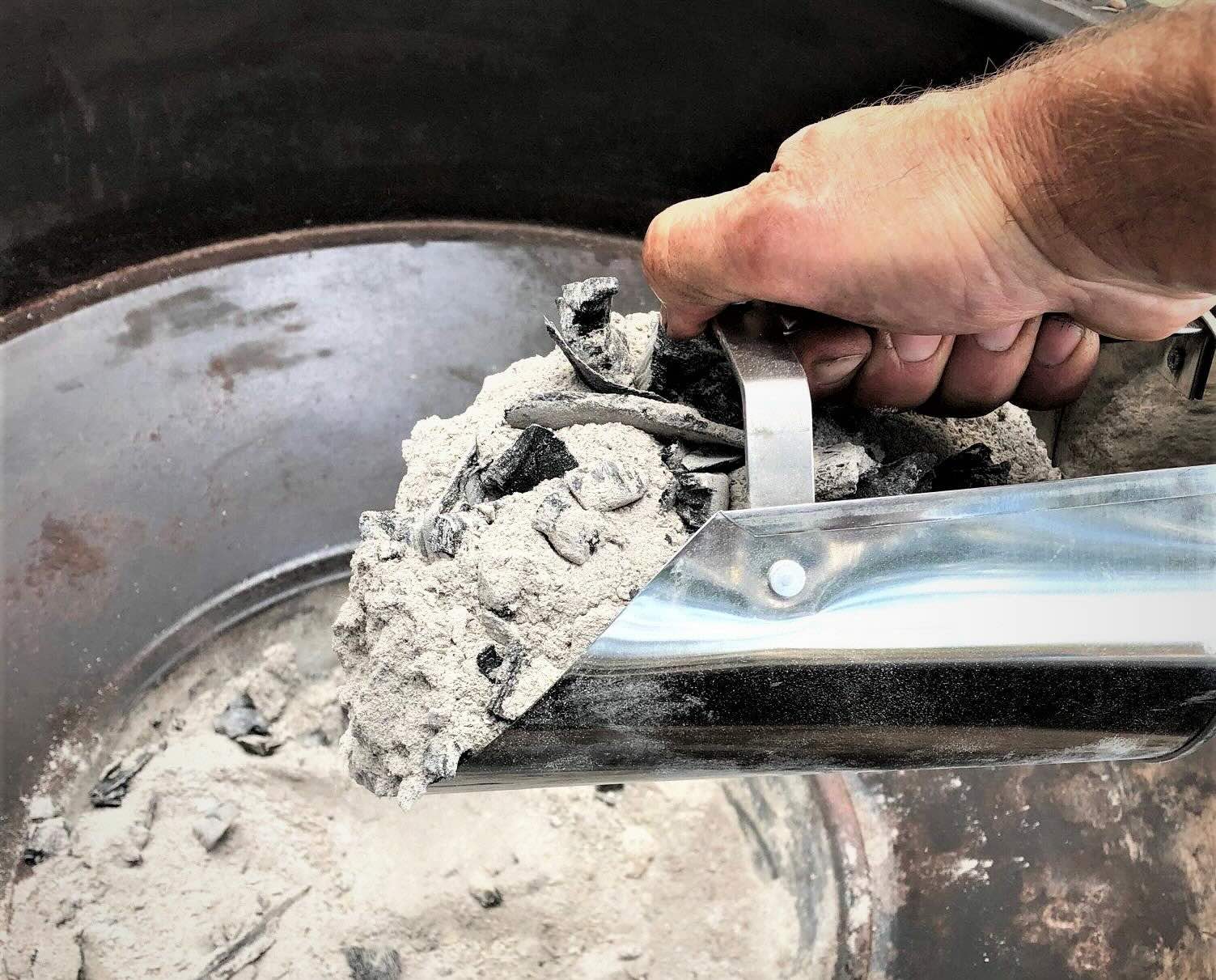
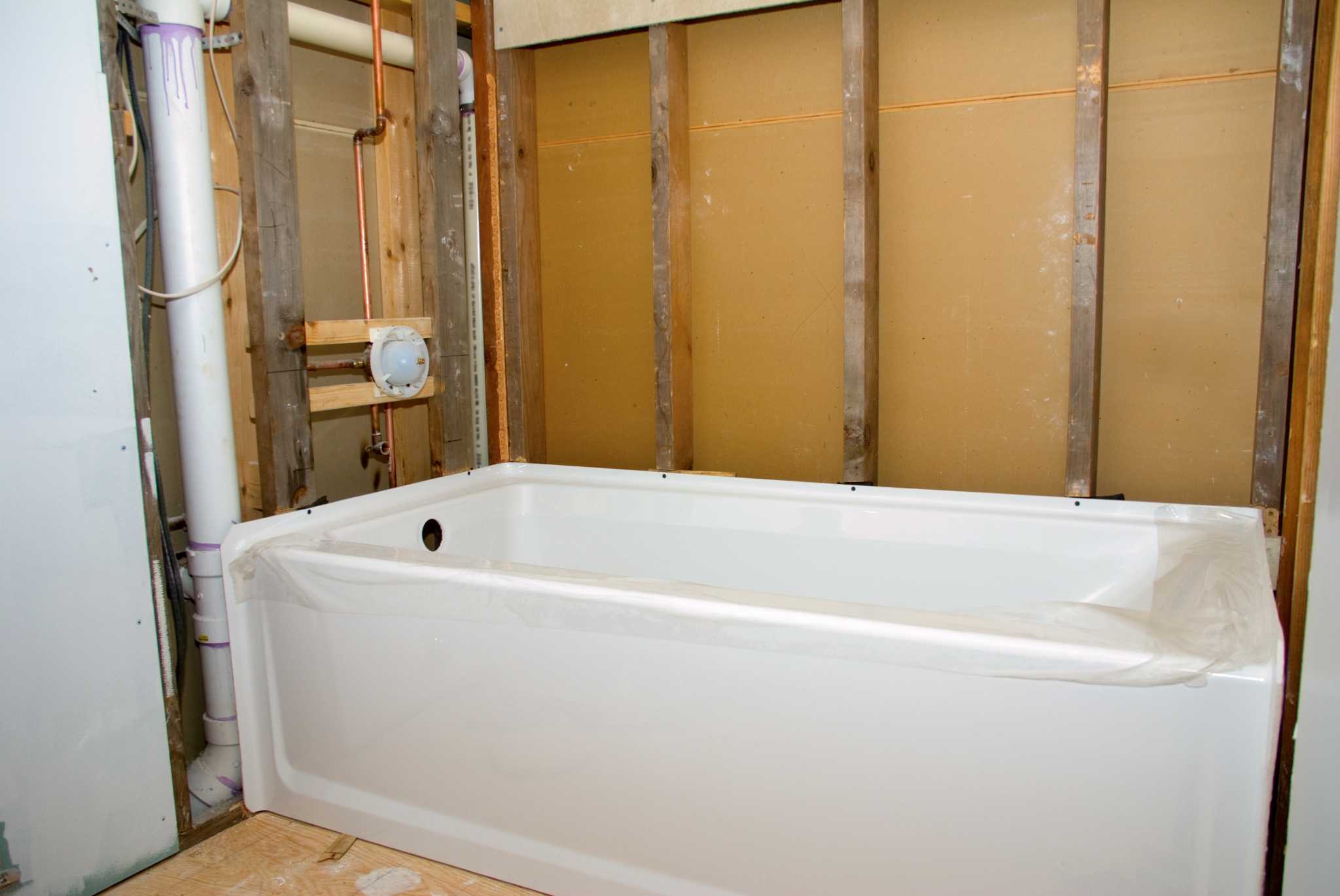
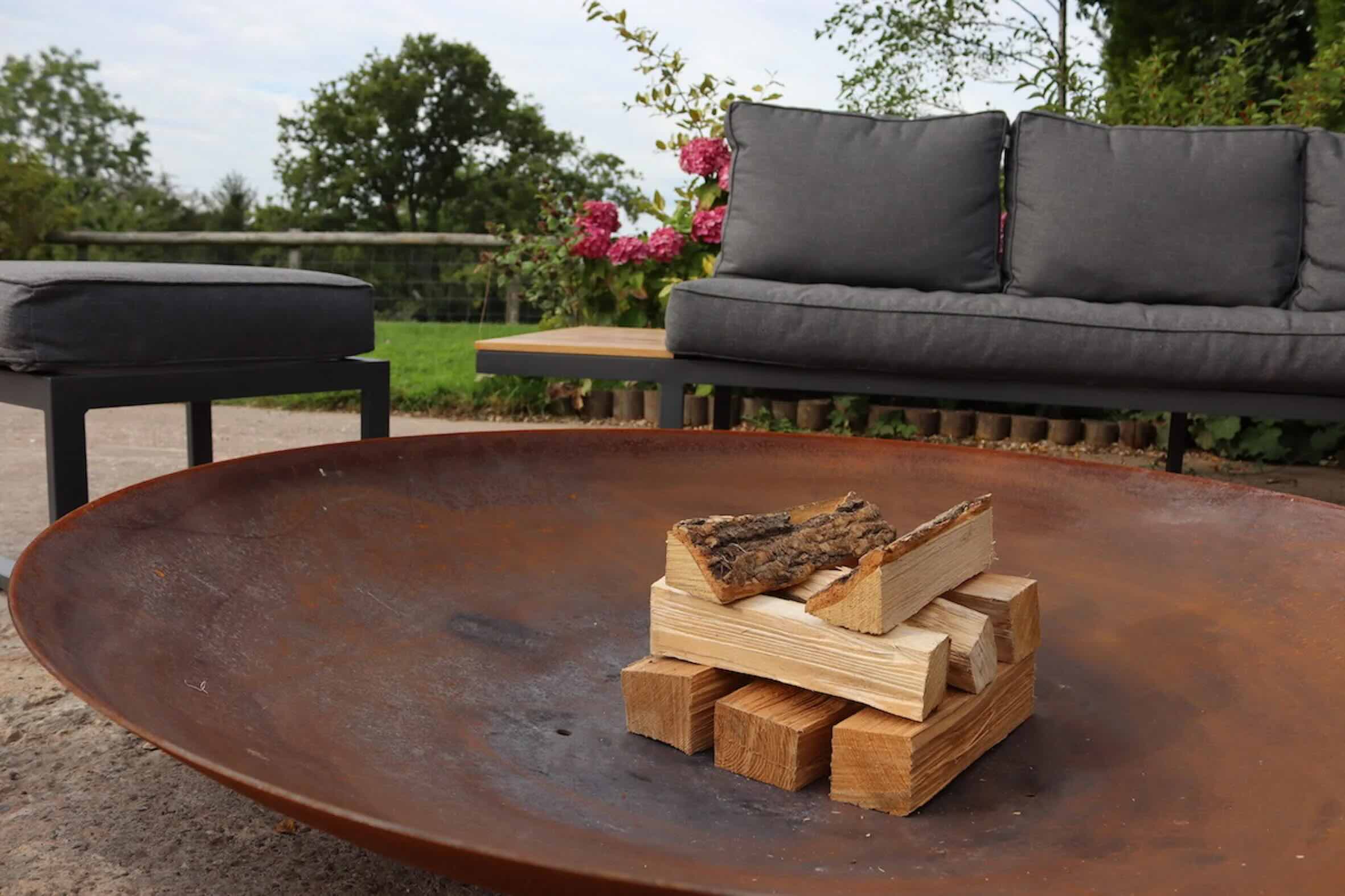
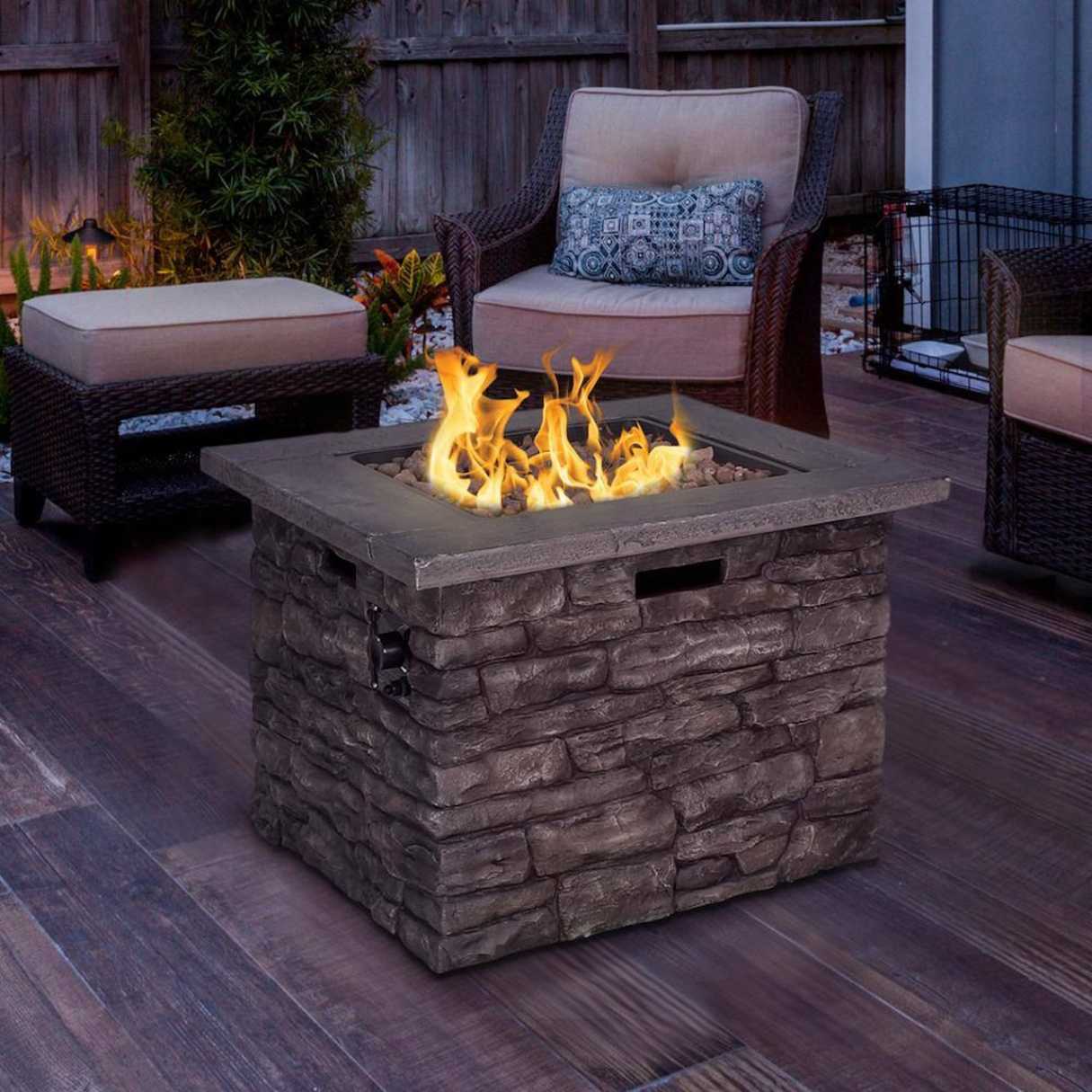
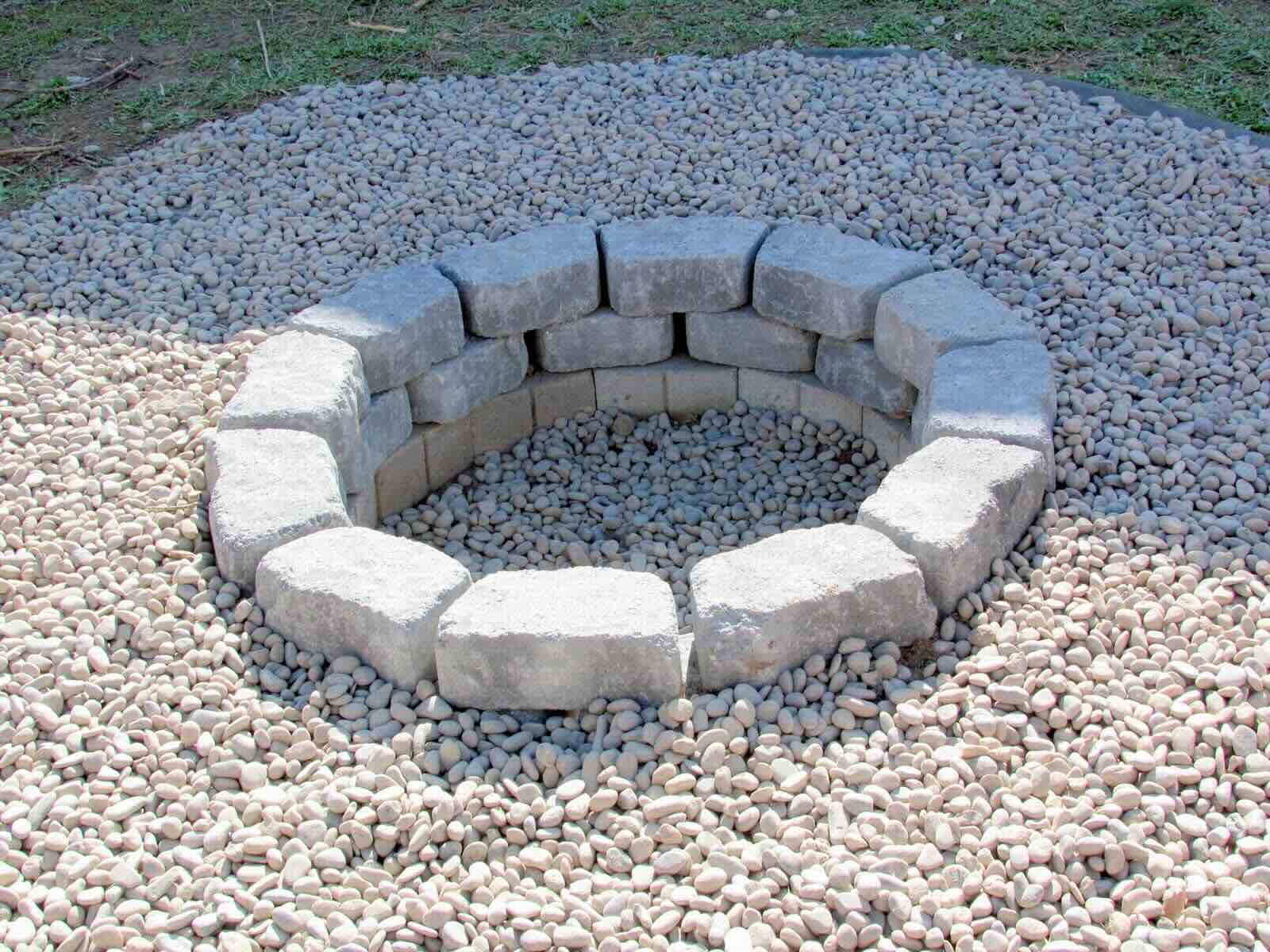
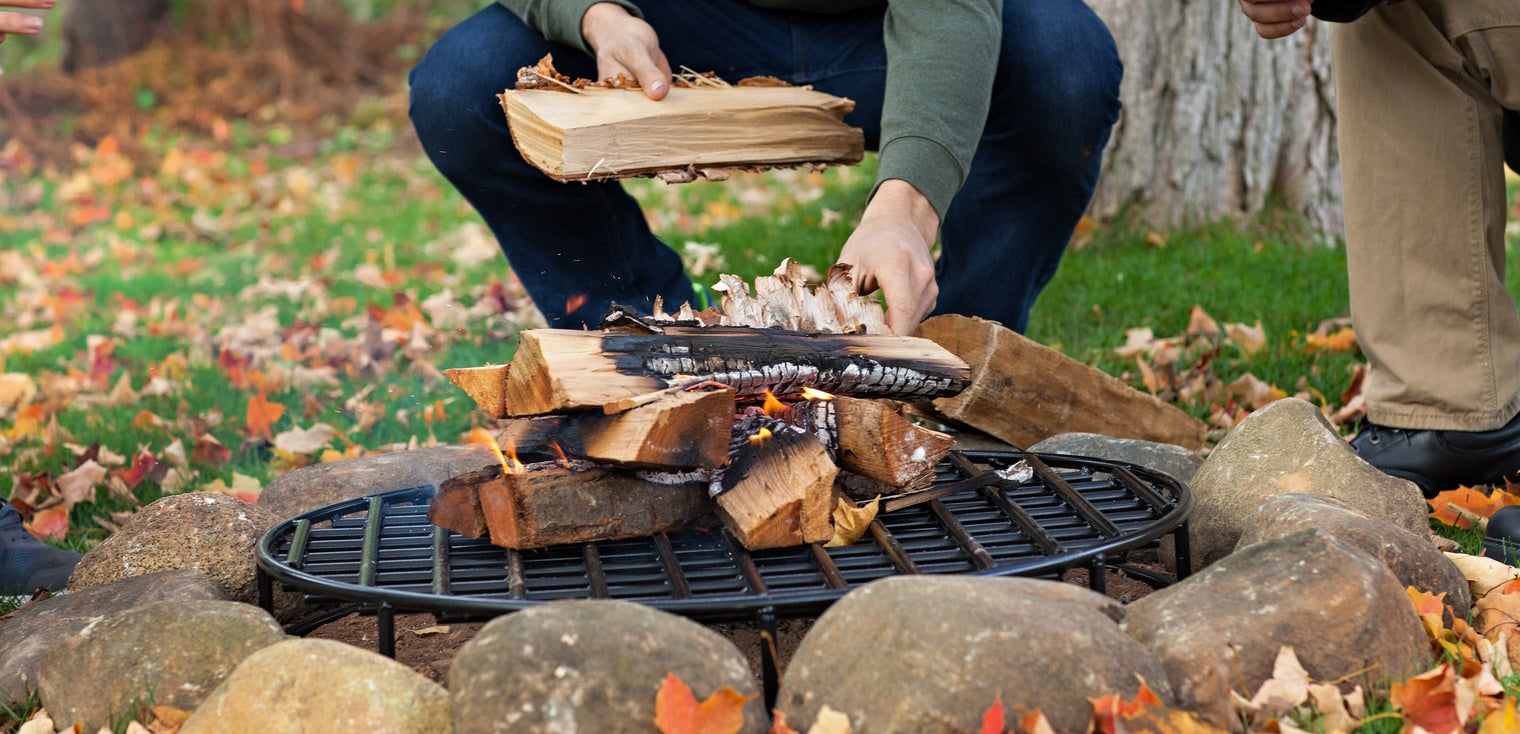
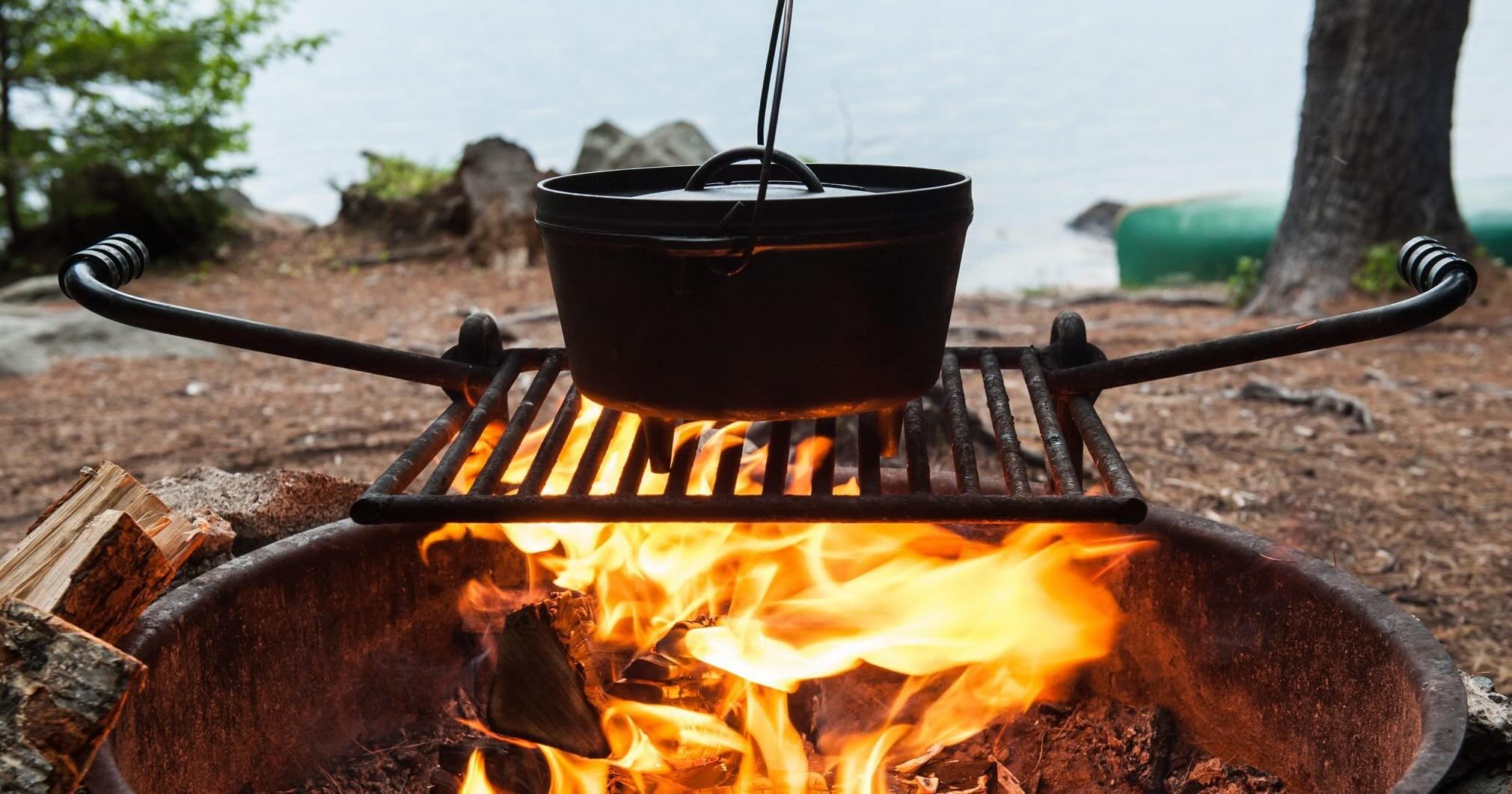
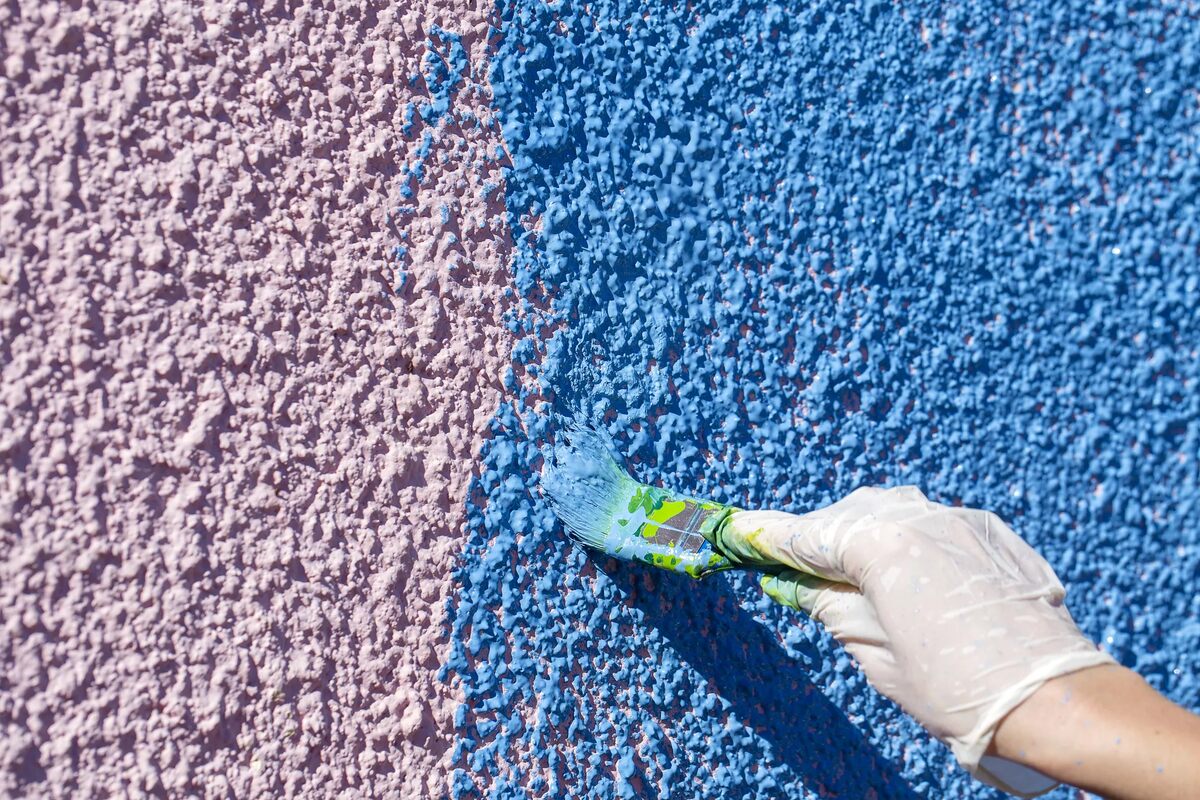
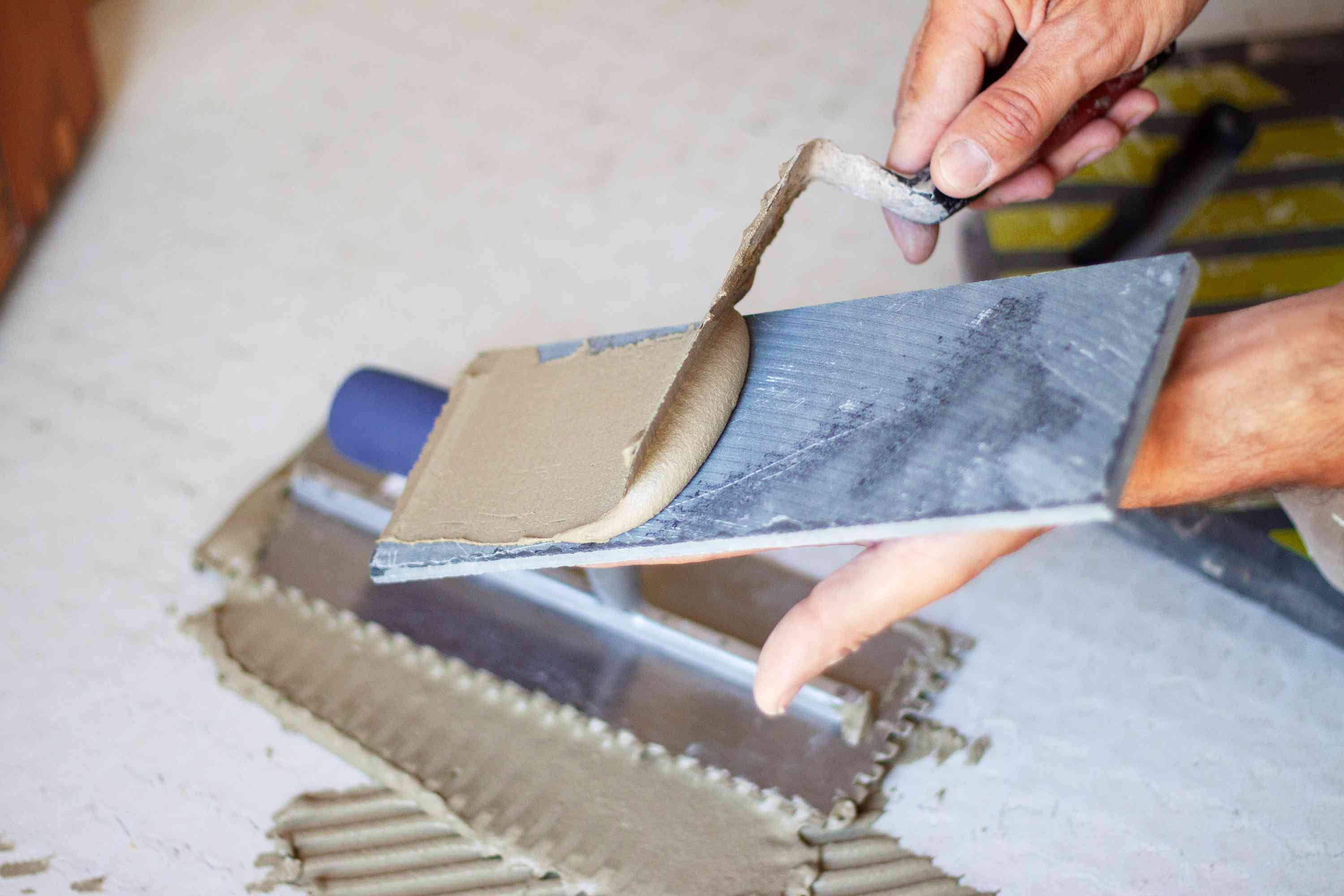
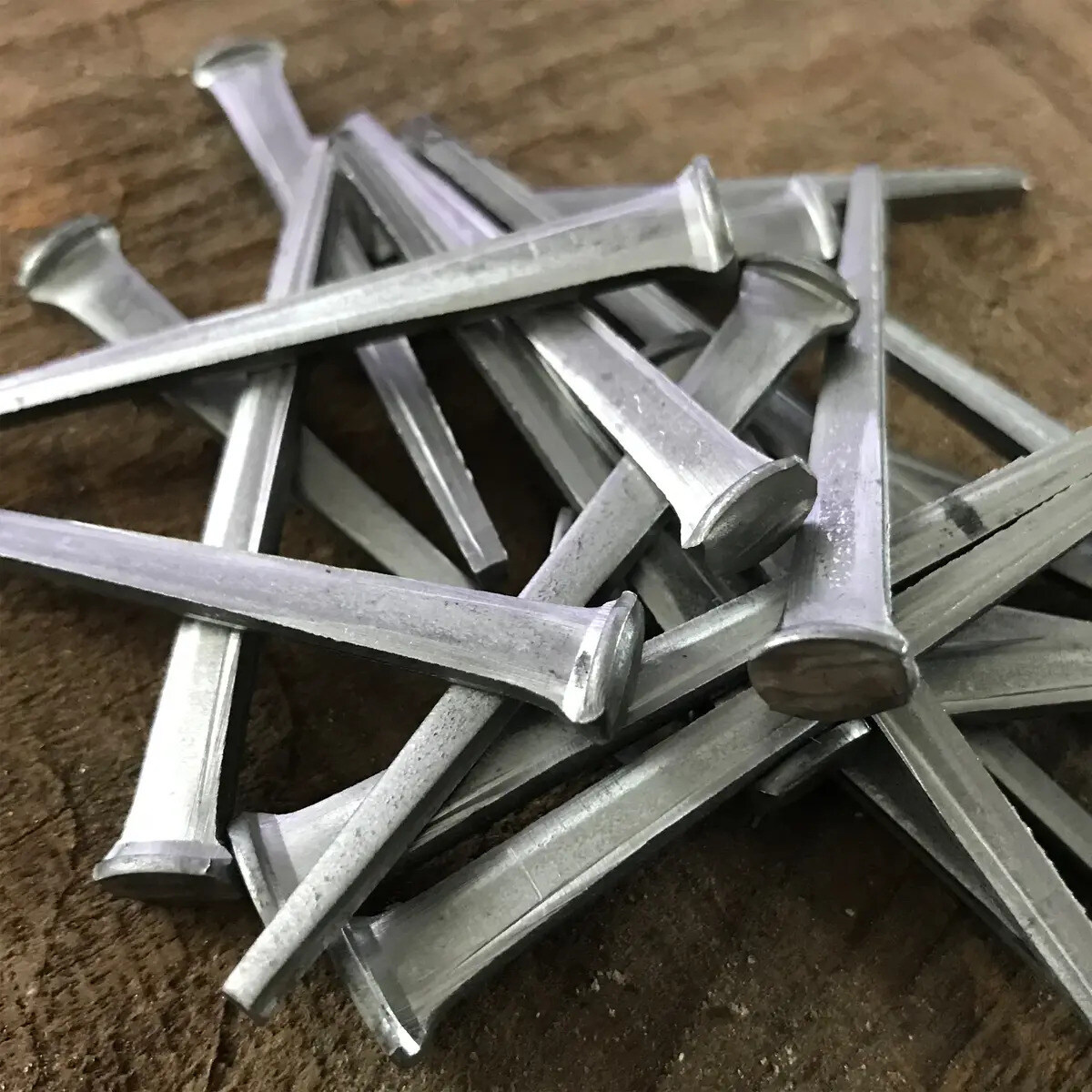

0 thoughts on “What Kind Of Mortar Do You Use For A Fire Pit”